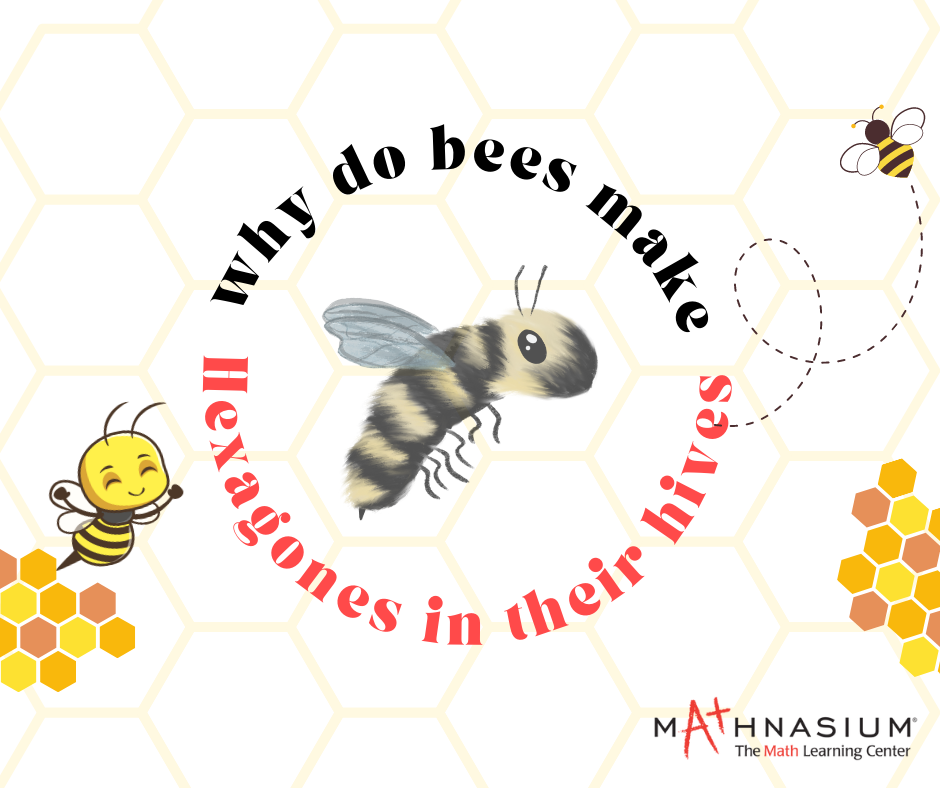“Bees…by virtue of a certain geometrical forethought…know that the
hexagon is greater than the square and the triangle, and will hold more
honey for the same expenditure of material.” — Pappus of Alexandria
Imagine the most ingenious and complex engineering feats in the world. Your mind might have wandered to the Pyramids of Egypt, Stonehenge, grand dams, or bridges that are modernly designed. But would you ever think the bees in your backyard could engineer something just as innovative as those man-made structures?
Most likely, bees have never studied the science or are of Tessellation. (Decorating or constructing an area with a pattern of repeated shapes, Mostly polygons, that fit together closely without gaps or overlapping.) However, some of their behavior patterns can be explained mathematically.
Remarkably, bees have an innate ability to use as little energy and resources as possible when constructing their hive. Squares, triangles, and hexagons are the only three self-tessellating regular polygons known to bees. Of the three, the hexagon has the smallest perimeter for a given area. As a result, when bees construct their nests the hexagonal prism cells in the hive use less wax and require less work.
The honeycomb walls are made up of 1/80 of an inch thick cells that can support 30 times their weight. A honeycomb of 14.5″x8.8″ can hold more than five pounds of honey. That also explains why they are so heavy. Using hexagonal prisms, the bees construct three rhombic sections with 120-degree angles between the walls.
Even more amazing, the bees work simultaneously on different sections forming a comb with no visible seams. It is built vertically downward, and the bees use parts of their bodies as measuring instruments. In fact, their heads act as plummets.











